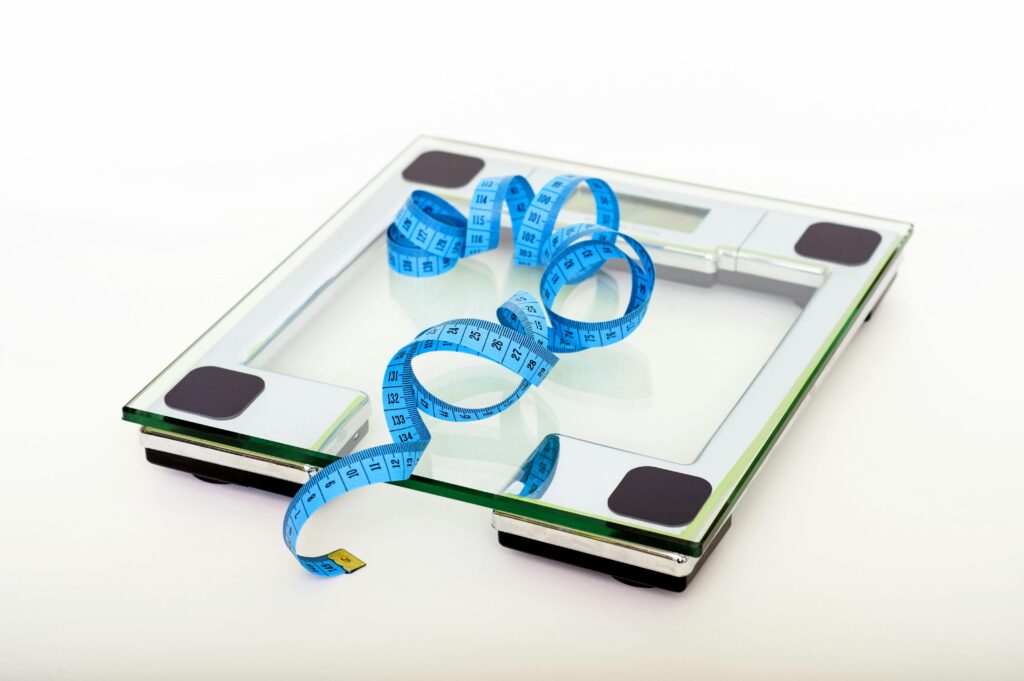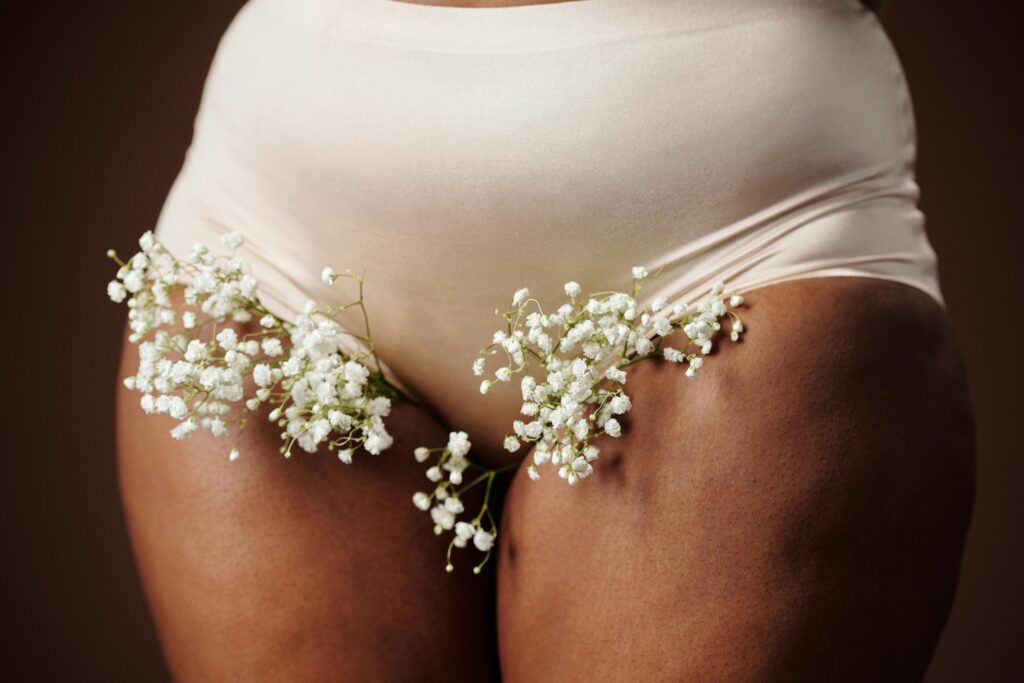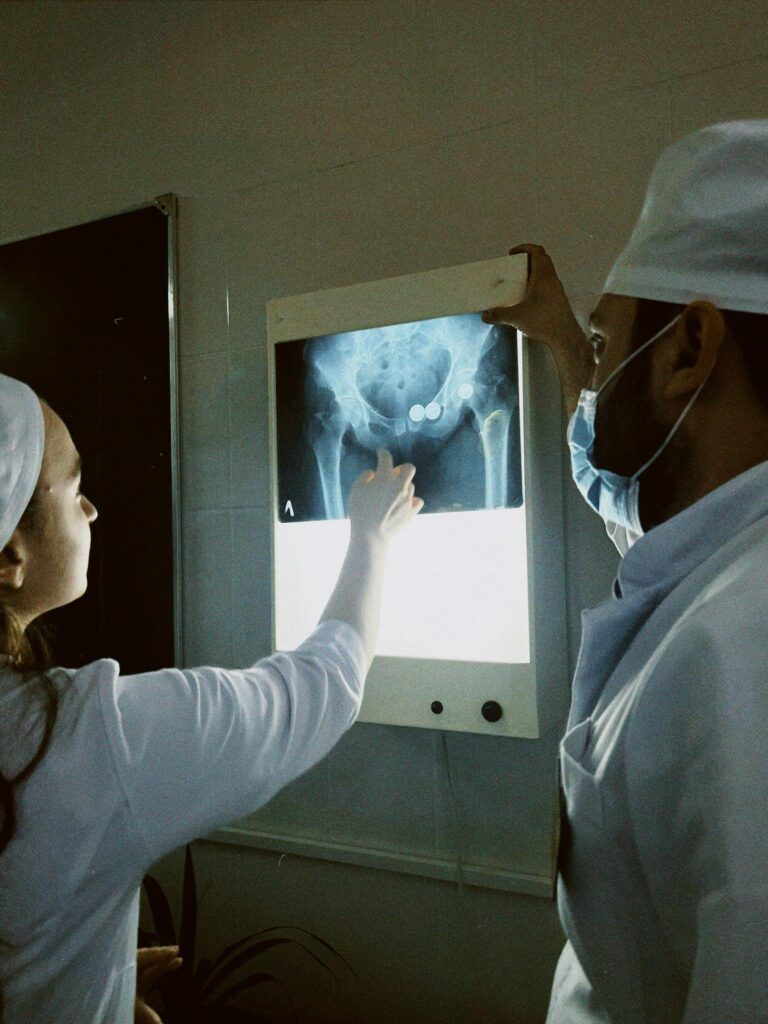
Bladder issues, ranging from incontinence to frequent urination, affect millions of people worldwide and can significantly impact quality of life. While these issues are more common as people age, they are not a natural part of aging and can be addressed with the right approach. Bladder problems can arise due to various reasons, including weak pelvic muscles, lifestyle factors, infections, and underlying health conditions. Here’s a guide to help you understand common bladder issues and how to manage them effectively.
1. Understand Common Bladder Issues

There are several types of bladder problems, each with its own causes and treatments.
- Overactive Bladder (OAB): OAB is characterized by a sudden, urgent need to urinate, sometimes leading to involuntary leakage. People with OAB may experience frequent trips to the bathroom, even waking up multiple times during the night.
- Urinary Incontinence: This condition refers to the involuntary leakage of urine. There are different types of incontinence, such as stress incontinence (leakage when coughing, laughing, or exercising) and urge incontinence (leakage following an urgent need to urinate).
- Urinary Tract Infections (UTIs): A common cause of bladder discomfort, UTIs occur when bacteria enter the urinary tract, causing symptoms like pain during urination, frequent urination, and cloudy or strong-smelling urine.
- Interstitial Cystitis (IC): IC, also known as painful bladder syndrome, is a chronic condition that causes bladder pain and pressure, often accompanied by frequent urination.
2. Lifestyle Adjustments for Better Bladder Health

Making certain lifestyle changes can help improve bladder function and reduce symptoms of bladder issues.
- Stay Hydrated, But Don’t Overdo It: Drinking enough water helps flush out bacteria and keeps the bladder healthy, but excessive fluid intake can lead to frequent urination. Aim for about 6-8 glasses of water daily, but adjust based on activity level and climate.
- Limit Irritants: Certain foods and drinks can irritate the bladder and exacerbate symptoms of OAB and incontinence. These include caffeine, alcohol, spicy foods, acidic fruits (like oranges and tomatoes), and artificial sweeteners. Try eliminating these items from your diet to see if your symptoms improve.
- Train Your Bladder: Bladder training involves scheduling bathroom visits and gradually increasing the time between them to improve bladder capacity. If you feel the urge to urinate frequently, try delaying urination for a few minutes, slowly working up to longer intervals.
- Maintain a Healthy Weight: Excess weight can put pressure on the bladder and pelvic muscles, increasing the likelihood of incontinence. Maintaining a healthy weight through a balanced diet and regular exercise can reduce this pressure and improve bladder control.
3. Strengthen Your Pelvic Floor

Weak pelvic floor muscles are a common cause of bladder control problems, particularly in women after childbirth or menopause. Strengthening these muscles can improve bladder function and prevent leakage.
- Kegel Exercises: Kegel exercises involve repeatedly contracting and relaxing the muscles that control urination. To perform a Kegel, tighten the muscles you would use to stop urinating, hold for a few seconds, and then release. Do this 10-15 times, several times a day.
- Yoga and Pilates: These practices often include poses and exercises that target the pelvic floor muscles, helping to strengthen them. Regular practice can improve bladder control and reduce incontinence over time.
4. Consider Medications and Treatments

For some bladder issues, lifestyle changes may not be enough, and medical intervention may be necessary. There are various treatments and medications available depending on the specific bladder problem.
- Medications for Overactive Bladder: Anticholinergics and beta-3 adrenergic agonists are commonly prescribed to reduce bladder spasms and improve symptoms of OAB. These medications can help relax the bladder and reduce the urgency and frequency of urination.
- Topical Estrogen: For postmenopausal women, topical estrogen applied to the vaginal area can help improve urinary incontinence by strengthening the tissues of the bladder and urethra.
- Botox Injections: For individuals with severe OAB, Botox injections into the bladder can help reduce spasms and increase bladder capacity. This treatment is typically used when other medications fail to provide relief.
- Bladder Training Devices: In more advanced cases of incontinence, bladder training devices or implants like sacral nerve stimulators can be used to help regulate bladder function. These devices stimulate nerves that control bladder activity, improving muscle control and reducing urgency.
5. Seek Professional Help for Persistent Issues

If bladder problems persist despite lifestyle changes and exercises, it’s essential to consult a healthcare professional for a thorough evaluation. A urologist or a gynecologist specializing in urinary health can offer guidance, diagnose underlying causes, and recommend appropriate treatments.
- Pelvic Floor Therapy: A physical therapist specializing in pelvic floor dysfunction can work with you to develop a tailored exercise program to strengthen your pelvic muscles and improve bladder control.
- Surgical Options: For severe cases of incontinence, surgical interventions like sling procedures or bladder suspension may be necessary. These surgeries help support the bladder and reduce leakage during activities like coughing or exercising.
6. Prevent Urinary Tract Infections

UTIs are one of the most common causes of bladder discomfort. Preventing them can save you from recurrent infections and associated bladder issues.
- Good Hygiene: Wiping from front to back after using the bathroom helps prevent the spread of bacteria from the rectum to the urethra. Urinating after sexual intercourse can also help flush out bacteria that may have entered the urinary tract.
- Cranberry Supplements: Studies suggest that cranberry supplements or juice may help prevent UTIs by preventing bacteria from sticking to the walls of the urinary tract. Be sure to choose unsweetened cranberry products to avoid added sugars that can irritate the bladder.
- Avoid Holding Urine: Regularly emptying your bladder helps prevent bacterial growth. Avoid holding your urine for prolonged periods, as this can increase the risk of infection and bladder discomfort.
Conclusion
Bladder issues, though common, don’t have to be a permanent inconvenience. With the right combination of lifestyle changes, pelvic floor exercises, and, if necessary, medical treatments, many bladder problems can be managed or even resolved. By taking proactive steps like maintaining a healthy weight, avoiding bladder irritants, and practicing bladder training, you can improve your urinary health and regain control over your bladder. If symptoms persist, consulting a healthcare professional is essential for proper diagnosis and treatment.





